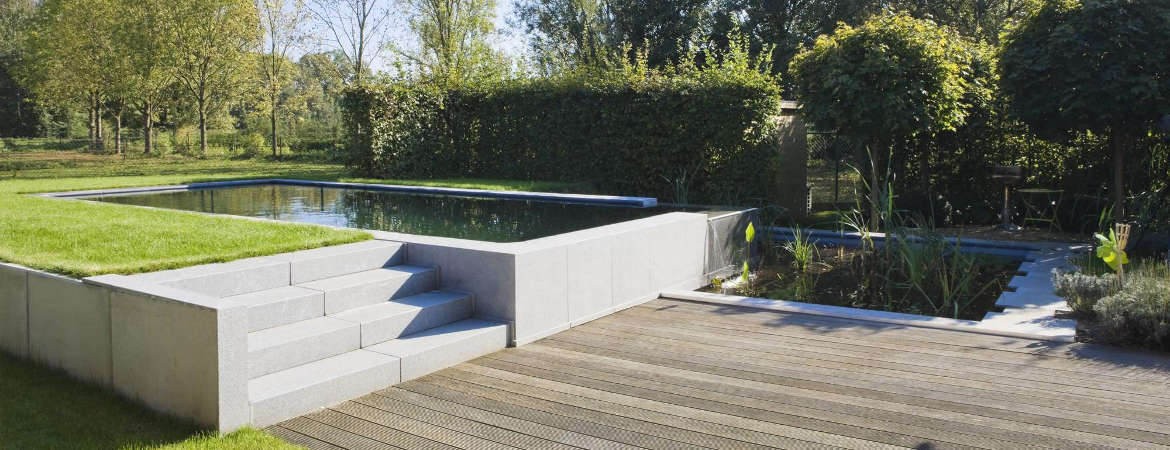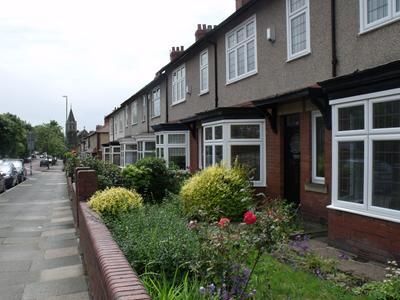Sign up to our newsletter!
No matter if you are moving, or improving, our newsletter is packed with the best tips, tricks and ideas to help you dwell well.
Global warming is an issue affecting us all, and regardless of the type or age of our property, the UK government has committed that greenhouse gas emissions in the UK will be cut to almost zero by 2050. This has a huge affect on our homes. So what can we do make our homes sustainable, reduce energy consumption and save money?
1. Use energy efficient light bulbs.
2. Install black window blinds in the winter.
3. Conserve water by using water saving appliances such as low flow shower heads.
4. Install smart technology to regulate heating more effectively.
5. Check window and door seals every 5 years; most manufacturers give a 10-year guarantee. replacing seals can be a very effective and cheap way of insulating your home.
6. Consider getting a thermographic picture taken of your property to show where energy is being lost.
7. Compare energy suppliers.
8. Open windows for ventilation.
9. Use house plants for health benefits and to improve home air quality.

10. Windows should be argan filled triple glazed, and with low emissivity glass.
11. Older boilers should be replaced.
12. Heat Pumps are an alternative heat source, and should be considered in all new homes and major refurbishment / renovation projects. There are various types of heat pump systems, some rely on having access to a natural water supply and some need a large amount of outdoor space for installation.
13. Solar panels are effective if you have a south facing sloping roof and get lots of sun, however they are relatively expensive to install. Manufacturers usually state they have a 25 year life span but unfortunately it will take about 65 years to recoup the initial purchase cost, so not suitable for all.
14. Cavity wall, loft and door insulation. The government has in the past introduced grants for homeowners, but currently the grants available are benefit based. Insulation is worth considering and should cost under £1000 for loft and wall insulation.
15. Consider a natural pool in your garden & water butt to collect and reuse water.
16. Use smart technology to regulate heating and control settings.
17. Buy the most energy efficient appliances.
18. Use local sustainable building materials

However, this is a huge challenge considering the age of the housing stock in the UK. According to CCC,
'Four out of five homes occupied in 2050 have already been built today in 2020. These householders will generally face the greatest challenge in de-carbonising and adapting to the changing climate.
The retrofitting of homes to ensure existing homes are low-carbon and resilient to the changing climate is a major UK infrastructure priority and must be supported as such by the Treasury. Homes should make use of low-carbon sources of heating such as heat pumps and heat networks. The uptake of energy efficiency measures, such as loft and wall insulation, must be accelerated. Upgrades and repairs to existing homes should include plans for shading and ventilation, measures to reduce indoor moisture, improved air quality and water efficiency and, in homes at risk of flooding, property-level flood protection.’

In the UK today, there are approximately 29 million homes.
5 million homes were built before 1900
3.8 million homes were built between 1900 and 1945
4.5 million homes were built between 1945 and 1965
6.75 million homes were built between 1965 and 1990
9 million homes have been built since 1990
In February, Moving and Improving conducted two surveys targeting different demographics in order to generate the prevalence of ethical and sustainable considerations regarding the home. With the thought-provoking actual age of homes in the UK in mind, we were intrigued to explore the potential shift in thought process behind 2020 living requirements.
Evidenced from quantitative findings, 95% of respondents across both surveys preferred to buy their home as opposed to renting, with energy efficiency, good insulation and solar panels at the forefront of all requirements. In turn, highlighting the pivotal importance of a sustainable housing future benefiting both the environment and our financial positions.
However, as we have suggested, there are many things that can be easily achieved with little cost, but big benefit. Solar panels may not always be suitable, heat pumps can be quite an invasive installation, but an energy efficient sustainable home is something we can all achieve by insulating our homes and conserving energy.
This article, survey undertaken, associated research and content has been provided by Mary Harkness, our Newcastle University Graduate Intern. For further details of the survey or content source and research, please contact us.
Live well with Moving and Improving